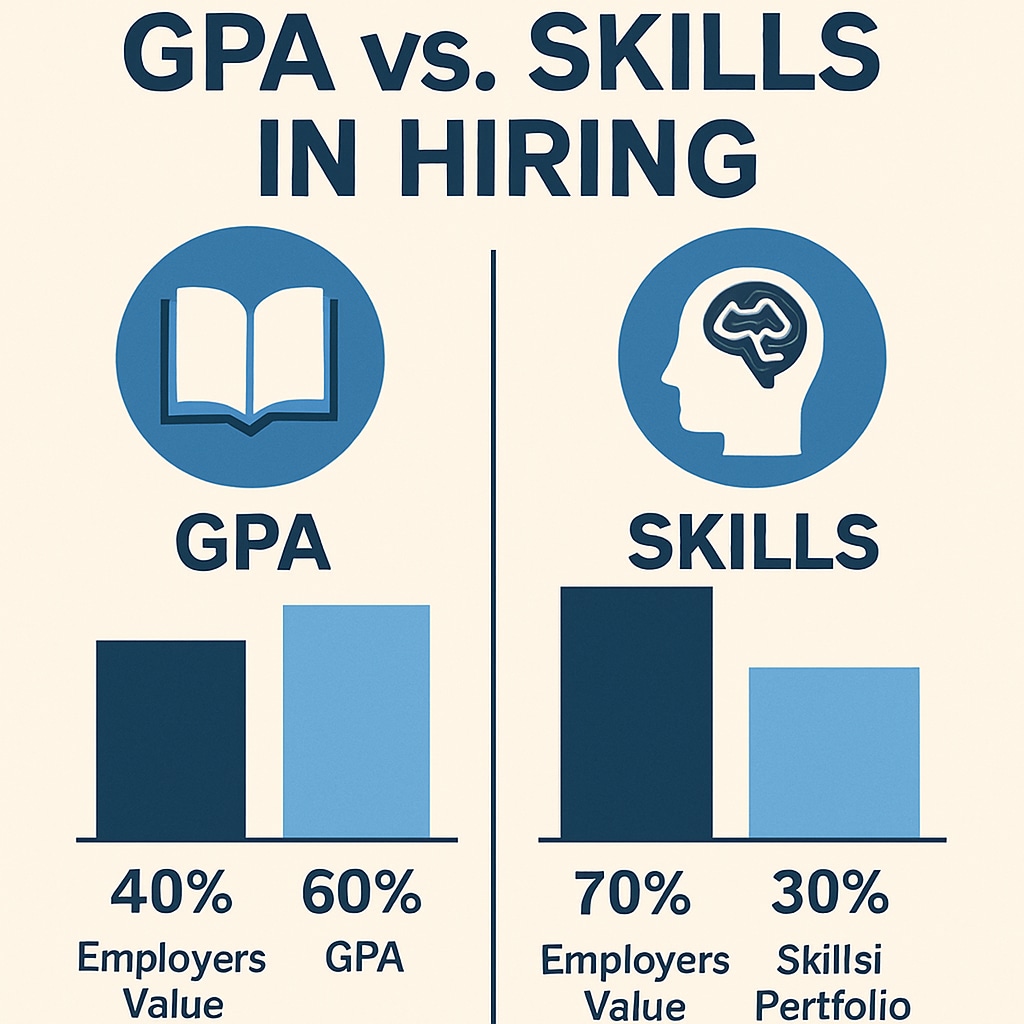When faced with the choice between traditional GPA grading and the Pass/No Pass (P/NP) option, many university students find themselves at a crossroads. These decisions often carry significant weight, as they can influence both academic records and future career competitiveness. Understanding the balance between these grading options and their long-term implications is crucial for students aiming to align their educational choices with professional aspirations.
Understanding the Basics: GPA and P/NP Grading Explained
Grade Point Average (GPA) is a cumulative measure of academic performance that evaluates students on a numerical scale, typically ranging from 0.0 to 4.0. Employers and graduate schools often consider GPA as a benchmark for assessing candidates’ consistency, work ethic, and mastery of their field. On the other hand, the Pass/No Pass (P/NP) grading option allows students to complete courses without the pressure of a letter grade. While a “Pass” reflects satisfactory performance, a “No Pass” indicates failure, neither of which impacts the GPA.

While P/NP grading can alleviate stress and encourage exploration of challenging subjects, it may come with trade-offs, particularly in competitive fields where GPA is a critical differentiator. Therefore, understanding when and how to use each option is essential for maximizing both academic growth and career prospects.
Weighing the Career Implications of GPA and P/NP Choices
Future career competitiveness is a major factor when evaluating grading options. Here’s how the two systems stack up in the professional world:
- For GPA: Many employers and professional programs use GPA as a screening tool. A high GPA can demonstrate reliability, intellectual rigor, and discipline. For industries like finance, law, or healthcare, where academic performance is scrutinized, GPA often holds significant weight.
- For P/NP: The P/NP system can signal a willingness to explore diverse fields and tackle complex subjects without fear of harming GPA. However, excessive reliance on P/NP may raise red flags for recruiters, suggesting a lack of confidence in certain disciplines.
For example, a study by the National Association of Colleges and Employers (NACE) found that 67% of employers viewed GPA as a critical factor in hiring decisions. However, in creative or entrepreneurial fields, where skillsets and portfolios often outweigh transcripts, P/NP courses may be seen more favorably.

Striking the Right Balance Between Academic and Career Goals
Balancing GPA and P/NP grading requires strategic decision-making. Here are three considerations to help students make informed choices:
- Know Your Career Field: Research the expectations of your desired industry. If GPA is a key metric, prioritize graded courses in your major or core subjects. If not, use P/NP to broaden your horizons.
- Assess Course Difficulty: For particularly challenging or unrelated electives, P/NP can reduce stress while maintaining academic curiosity. However, limit such courses to avoid a diluted transcript.
- Maintain Transparency: Be prepared to explain your decisions during job interviews. Articulate how P/NP choices complemented your learning experience and career preparation.
Additionally, students can supplement their academic records with strong internships, portfolios, or leadership roles to demonstrate capabilities beyond grades. For more insights, see this guide on career planning from Britannica.
Conclusion: GPA or P/NP? A Personalized Approach
The choice between GPA and P/NP grading is not one-size-fits-all. It depends on individual goals, fields of interest, and long-term career ambitions. While GPA remains a cornerstone for many traditional pathways, the flexibility of P/NP can encourage intellectual exploration and personal growth.
Ultimately, students should view their academic decisions as part of a broader strategy that includes skill development, networking, and real-world experiences. By aligning grading choices with career objectives, they can confidently navigate the complexities of academic and professional life.
Readability guidance: Use short paragraphs with clear transitions. Incorporate lists for clarity, and avoid long sentences and excessive passive constructions. Distribute keywords evenly to enhance SEO without overloading the text.


